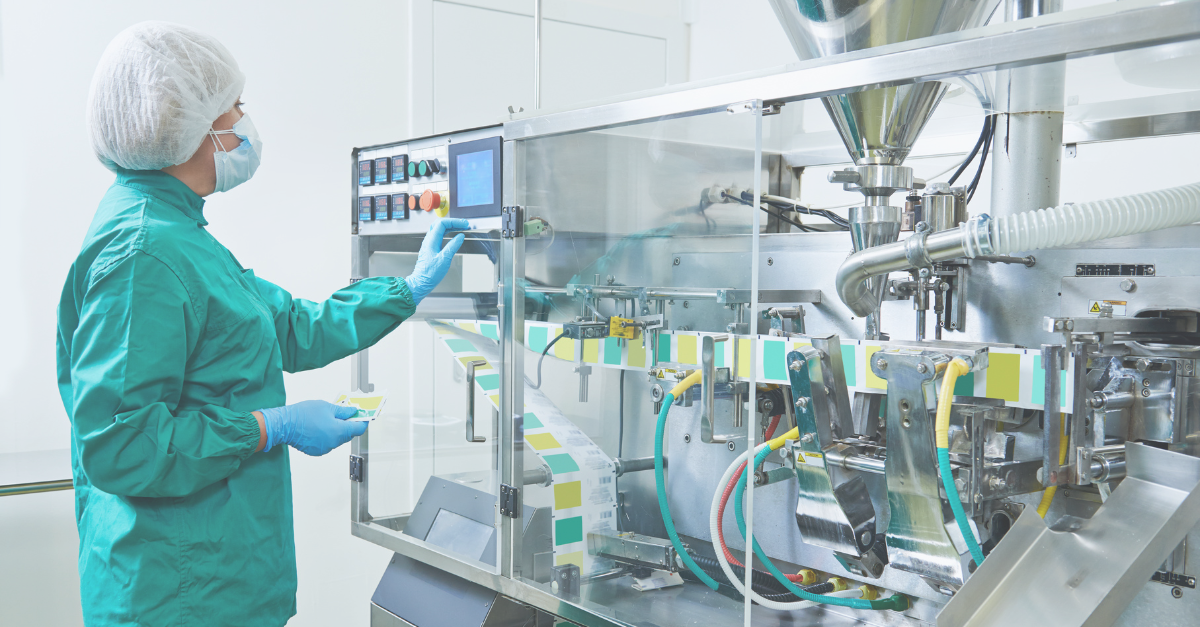From Classical to Classical Plus – the changing face of licensing
Classical technology licensing typically involves the transfer of patent rights to the highest bidder. Universities focus their limited resources on high-value deals that allow them to cover the costs of protection, minimise transfer costs and maximise returns from royalties. These innovations typically emerge from STEM (Science Technology Engineering Maths) research. Industry acquires IP rights when the value of the asset maximises its own profits. The sale price to a customer typically defines the viability of the licensing transaction.
While this is a well-established model for creating economic value, it overlooks many research outputs with the potential to significantly benefit society. When the economic value of an individual asset is low, the effort required to facilitate multiple transfers becomes substantial, making a sustainable business model based solely on asset sales challenging.
Increasingly, funding agencies and policymakers have started to emphasise that the transfer of knowledge and results should not focus exclusively on economic gain but should include benefits for society and the environment. This creates opportunities for researchers, particularly from the Arts Humanities and Social Sciences (AHSS), but it also presents challenges for those with the responsibility for finding a viable way to transfer them to create a wider impact.
The Classical Plus Scenario
The IMPAC3T-IP action has defined Classical Plus as licensing that goes beyond traditional forms of IP rights and embraces licensing for wider impact. The focus moves away from patents and towards copyrights and know-how. The classical focus on STEM widens to include AHSS. The range of assets expands and modernises to also include digital libraries and tools, geographical and biological datasets and surveys and questionnaires from social science research. The underlying business models that make transfer viable and sustainable are shifting to embrace greater use of Creative Commons licensing, Freemium models, and the involvement of broader stakeholders who can support the funding of ongoing transfer and maintenance of an asset base.
Transfer methods themselves change to include more automation and simplification – reducing the cost of licensing a low-value asset and enabling this to be repeated many times. This ensures that the widest impact is maximised while generating a return for an individual researcher at minimum cost to their Technology Transfer Offices (TTO).
The IMPAC3T-IP Toolbox to support ClassicalPlus
The Classical Plus toolbox (part of a toolbox looking at the three scenarios) is based on the results of work exploring and mapping the Classical Plus scenario with multiple stakeholders over the first year of the project.
The toolbox will:
- Help raise awareness and understanding of the many ways in which a more inclusive approach can yield increased impact from investment into research.
- Include case studies that illustrate the breadth of assets that emerge from research and how they can be used for wider benefit by society and commerce.
- Encourage a stronger engagement in licensing by individuals who have not previously seen this as a way to realise value from their research.
- Help organisations and policymakers understand how they can broaden their approaches to technology and knowledge transfer to support their mission.
- Offer concrete tools for both university technology transfer offices and external licensing professionals to help them execute more licensing deals for a wider diversity of assets – including through the use of AI to identify licensees and through automation for ‘volume’ licensing of low-value assets.
- Include tools to help researchers support and maintain their own licensing activities, for instance by providing them with a deeper understanding of how to use Creative Commons and through checklists to approve a standard license, or to generate feedback from a licensor.
- Offer support to those looking to identify non-standard business models to enable sustainable licensing activity. For example, using Freemium models and tapping into the financial support of major stakeholders including policymakers and others funding healthcare, professional education and the creative arts.
Ultimately, the Classical Plus toolbox aims to help all stakeholders in the research development and innovation sector, independent of their discipline, to secure stronger impact from the results of funded research.
